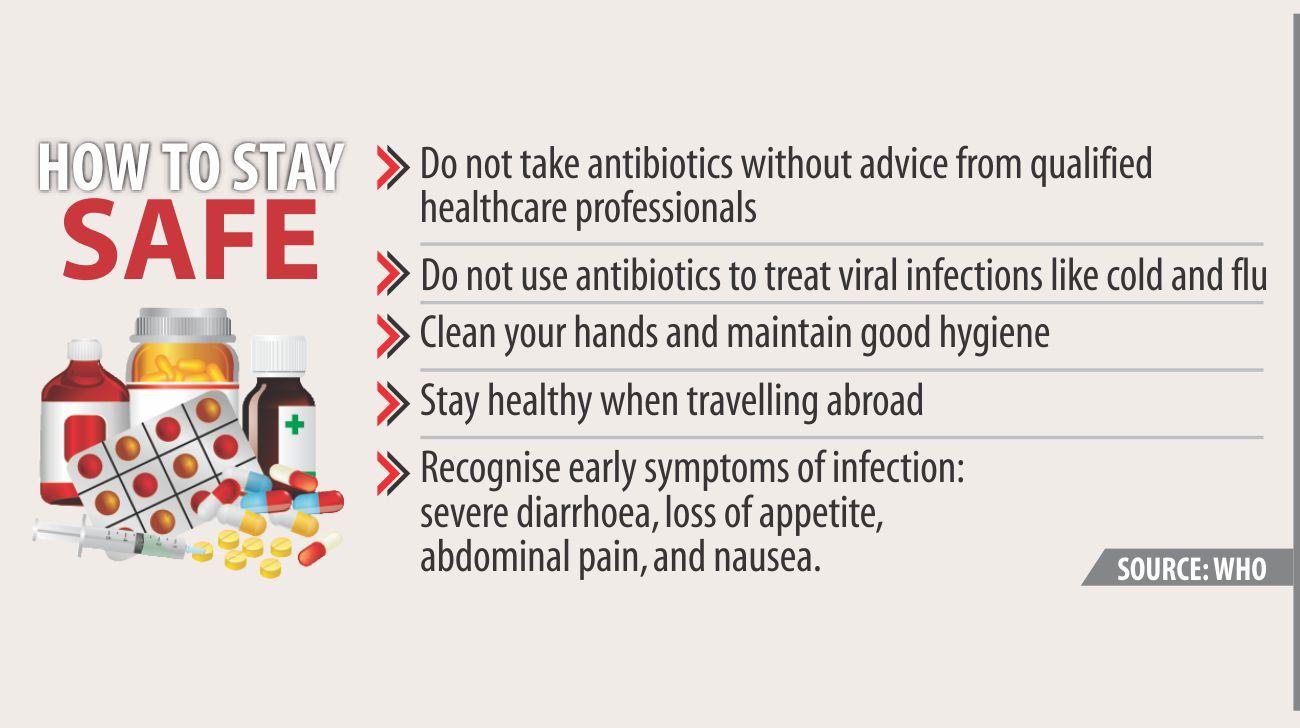Colorectal cancer screening — be it colonoscopy, sigmoidoscopy, or fecal occult-blood testing — reduced risks of colorectal cancer mortality, researchers reported in two studies.
Screening with colonoscopy and sigmoidoscopy were associated with 68% (95% CI 0.24-0.45) and 41% (95% CI 0.45-0.76) reduced risks, respectively, of colorectal cancer mortality over 22 years of follow-up, and reduced mortality from proximal colon cancer by 53% (95% CI 0.29-0.76) in those who received colonoscopy, according to Andrew Chan, MD, MPH, of Massachusetts General Hospital in Boston, and colleagues.
Results of another long-term trial showed that over 30 years of follow-up, annual fecal occult-blood testing was associated with a 32% (95% CI 0.56-0.82) reduced risk of colorectal cancer mortality, while bi-annual screening reduced risks by 22% (95% CI 0.65-0.93), Aasma Shaukat, MD, MPH, of Minneapolis Veterans Affairs Health Care System in Minn., and colleagues wrote in the New England Journal of Medicine.
Past research has shown that screening based on patient characteristics rather than as a one-size-fits-all approach to treatment may provide optimal effects on life expectancy. Other research has shown that reaching out to underserved patients — such as minorities and the uninsured — can increase participation in colorectal cancer screening.
Editorialist Theodore R. Levin, MD, of Kaiser Permanente Walnut Creek and Antioch Medical Centers in California, noted that the most important new finding in these studies was that the effects of screening persisted well after the initial screen.
“The challenge with both of these studies is that they were done using technology that has largely been supplanted by new methods of testing,” Levin said in an interview with MedPage Today.
Although no head-to-head data exists comparing fecal occult-blood testing with colonoscopy, “randomized trials are ongoing,” and regardless of which proves to be the superior form of screening, both are presently effective in reducing colorectal cancer mortality and support current screening guidelines, Levin and co-editorialist Douglas Corley, MD, PhD, of Kaiser Permanente Medical Center San Francisco in California, wrote in the New England Journal of Medicine.
In the study by Chan and colleagues, the authors gathered biennial data on endoscopy via colonoscopy and sigmoidoscopy and their association with colorectal cancer incidence and mortality from 1988 to 2012 among a population of 88,902 participants in the Nurses’ Health Study and the Health Professionals Follow-Up Study.
Data showed 1,815 incidents of colorectal cancer and 474 deaths from colorectal cancer.
Compared with patients who received no endoscopy, hazards of colorectal cancer were 57% (95% CI 0.45-0.72) after polypectomy, 60% after negative sigmoidoscopy (95% CI 0.53-0.68), and 44% after negative colonoscopy (95% CI 0.38-0.52). Negative colonoscopy was also significantly associated with reduced incidence of proximal colon cancer (HR 0.73, 95% CI 0.57-0.92), and colonoscopy reduced the risk of mortality from proximal colon cancer (HR 0.47, 95% CI 0.29-0.76).
The study from Shaukat and co-authors compared usual care with annual and biennial screening for colorectal cancer with fecal occult-blood testing from 1976 to 1982 and from 1986 to 1992 in a population of 46,551 participants ages 50 to 80 in the Minnesota Colon Cancer Control Study.
National Death Index data was used to measure deaths from baseline to 2008.
At roughly 30-years follow-up, 33,020 participants had died, with 732 of those deaths attributed to colorectal cancer.
Although fecal occult-blood screening was associated with a reduced relative risk of colorectal cancer mortality both annually and biennially, there were no associations seen with all-cause mortality.
The study by Chan and colleagues was limited by confounding in measurements and lack of generalizability.
Data from Shaukat and co-authors’ study were limited by use of records from the National Center for Health Statistics, lack of screening history information after the trial ended, and no information about the cancer site in the colon.
Source: UNBConnect










